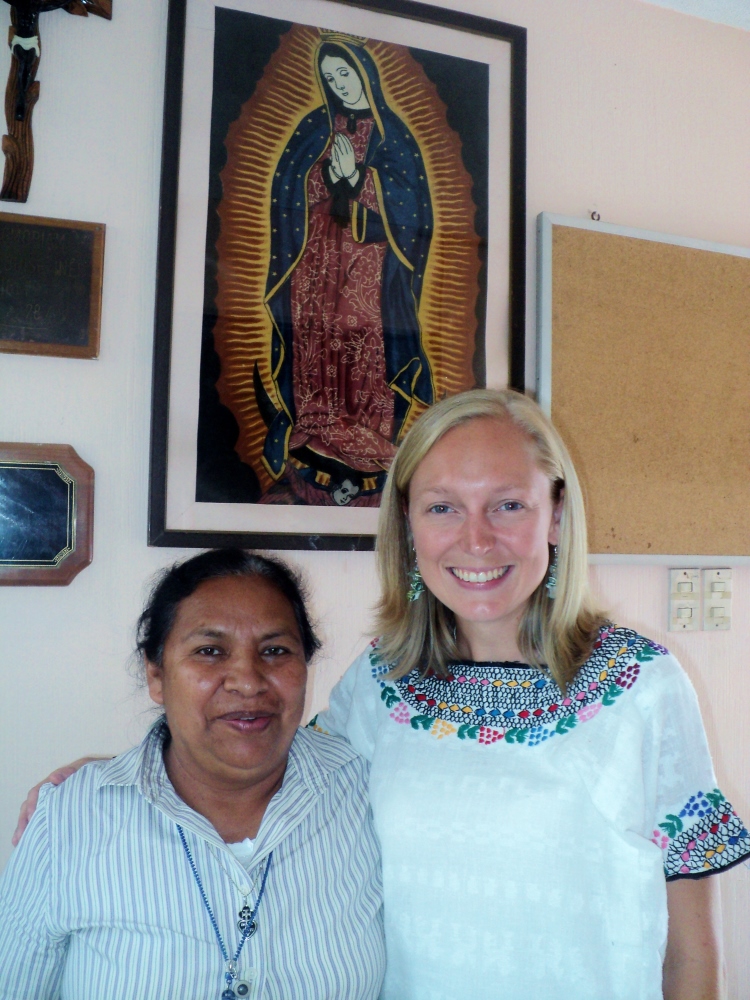
Editor’s note: You can read Part I of the two-part series about Guatemala here.
The Kingdom is certainly “already but not yet.” People like Sr. Sarah Mulligan, SC, and her passionate colleagues are working for change throughout Guatemala, but it is an uphill battle. The corrupt government, Sarah says, does little to lift up its people living in economic poverty. I asked her what the administration’s response has been to the deluge of migrants fleeing north. She told me that initially the country’s leaders considered punishing families who send their children with a few years of jail time for “irresponsible parenting.” Resistance from human rights groups led them to nix the punishment, one that would thrust already suffering families into even greater desperation.
Now, the government simply continues to exhort parents not to send their children to the United States. I even saw a government-sponsored ad on a bus that shows the silhouette of an alone and lost-looking youth wearing tattered clothes and a backpack. “I thought that my son’s life would be better if he went North,” the ad reads, as if this boy’s mother is talking. “Now I don’t know where he is. I wish he never had left.” Meanwhile, as Sarah said, the government neglects to put energy into creating alternatives for its many distressed families.
In reality, from Sarah’s observation, a good number of teens choose to migrate of their own accord, often against their parents’ wishes. To teens faced with dismal opportunities for education and employment, leaving seems like the only way to avoid a dead-end future. Even those who graduate are apt to find themselves stuck in the same cycle of poverty. They may hear stories of the elusive “American dream” – or they may even know the truth about life as an immigrant the United States: It is incredibly difficult, but maybe, just maybe, it will be a little bit better than life in Guatemala.
Immigrants are and have always been the fabric of life in our relatively young nation. I had the chance to go to Ellis Island and the Statue of Liberty in September after a visit to the United Nations with fellow women in religious formation. The large pictures of the “tired,” the “poor,” and the “huddled masses” were striking, especially in light of the current situation. We read stories about people on the move to escape famine, poverty, unrest and persecution. We heard about the terrible struggles and living conditions that often awaited immigrants once in the U.S. We heard about anti-immigrant sentiments and about families separated when some members were let in and some sent back to the home country.
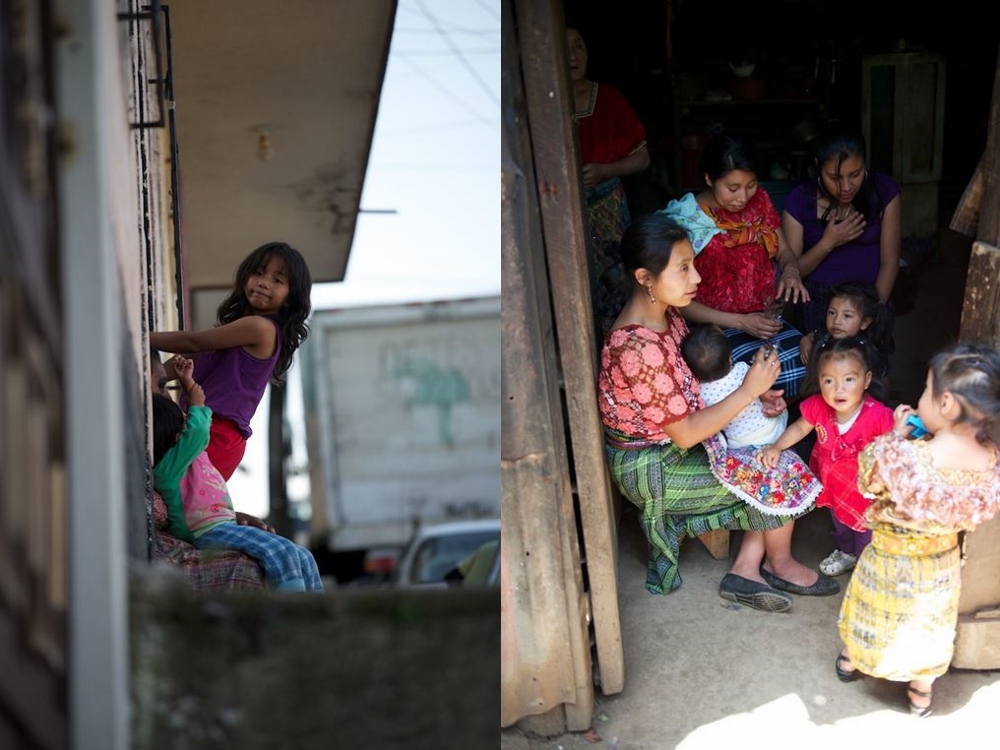
There was a giant black-and-white photograph of an anxious-looking woman clutching a small suitcase and her little child in the registration room of Ellis Island. It looked so much like a picture I recently saw in a news article of a Honduran woman and her small daughter at our southern border. I thought of my own not-too-distant ancestors arriving from Germany and Ireland less than a century-and-a-half ago and the hopes and fears they must have carried along with their belongings.
These same emotions are not foreign to current migrants and their families. The parents who do send their children or teens to the U.S. do so out of dreadful fear. Eighteen years after peace negotiations ended the Guatemalan Civil War, violence still grips the nation in a different way. Organized crime groups control and terrorize many villages. I learned more on a weekend trip with Sarah to the town of El Quiche, a region where the worst massacres had occurred during the war. Here, we visited a mission of the Sisters of Charity of New York, a congregation also founded by St. Elizabeth Ann Seton, and their Guatemalan Novitiate house.
On Sunday morning, I accompanied Sr. Rosenda, a novice like me, to her ministry at a local parish. During the meeting, I sat next to a woman dressed in a traditional embroidered shirt and a skirt made of beautiful striped teal fabric. I’ll call her Gloria. Like most people in that area, Gloria’s native language is an indigenous one called Quiche, but she also speaks Spanish fluently. As we talked, she told me about the violent history of the area. She, too, had lost relatives in the war and narrowly escaped being murdered herself. She was a young girl pasturing sheep when the attack planes descended. She ran and hid while some of her fellow shepherds were killed.
I asked her how things are now in El Quiche. She shook her head and sighed before she fixed her gaze on me.
“Life is very hard here. The violence is as bad or worse now as it was during the war years. We are all very fearful. One of my sons is 16 years old. Last week, a schoolmate of his was shot on a corner downtown in the broad daylight. We were in the bakery and we heard the gunshots. When we rushed out, my son recognized that his friend had just been killed.”
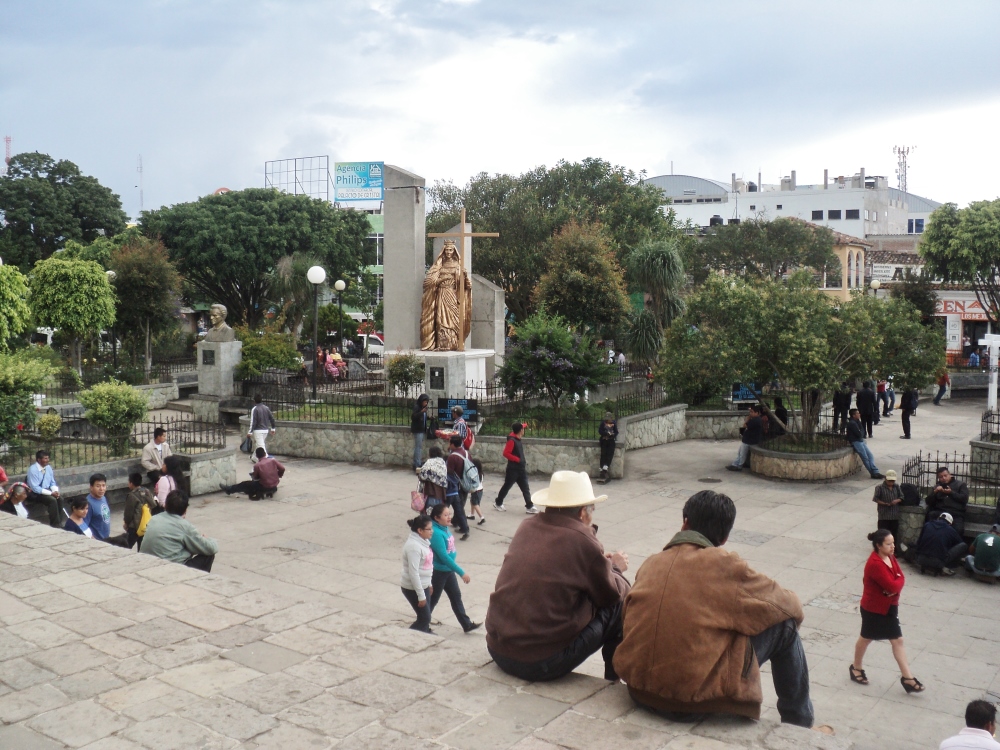
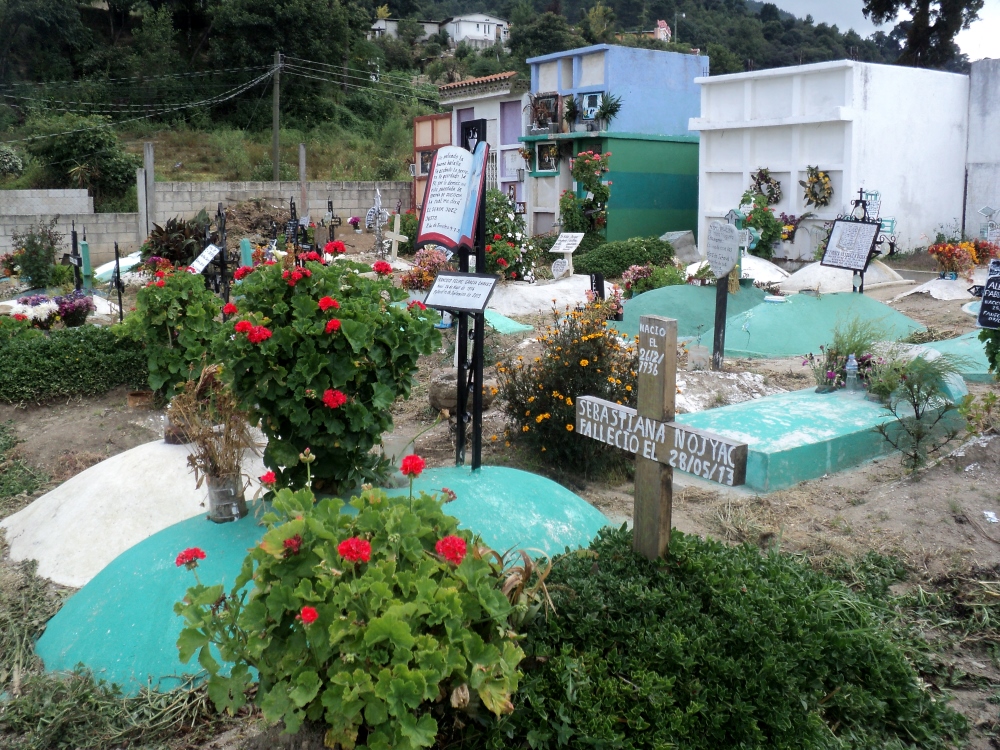
“What motive do these killers have?” I asked her, as the sadness and impotence in her eyes seeped into my heart.
“It’s la mara [the gangs],” she replied. “They kill and rape for no reason. In this case, I think they just wanted some money from my son’s friend, and he didn’t have any. Or maybe they were pressuring him to join the gang, and he wouldn’t. They get children as young as 10 years old involved. It’s terrifying.”
When I asked her if she had heard about the Central American children fleeing to the U.S., she nodded yes.
“Do you know anybody who has sent their children?”
She thought for a moment. “Mmm . . . There are a few people in this town with relatives in the U.S., but I don’t know anyone who has sent their kids. I’ve heard about people from nearby villages who have.” She stopped to choose her words and then spoke again, “I would never do it myself. It’s a scary journey, and who knows what would happen even if they made it to the U.S. But I understand why people do. Kids here might end up killed or forced into the gang. And, in this poverty, it’s hard to put food on the table. That makes some people willing to risk sending their kids in hopes of safety and a better life. It’s painful to have to think about these things as a mother. We never stop being scared.”
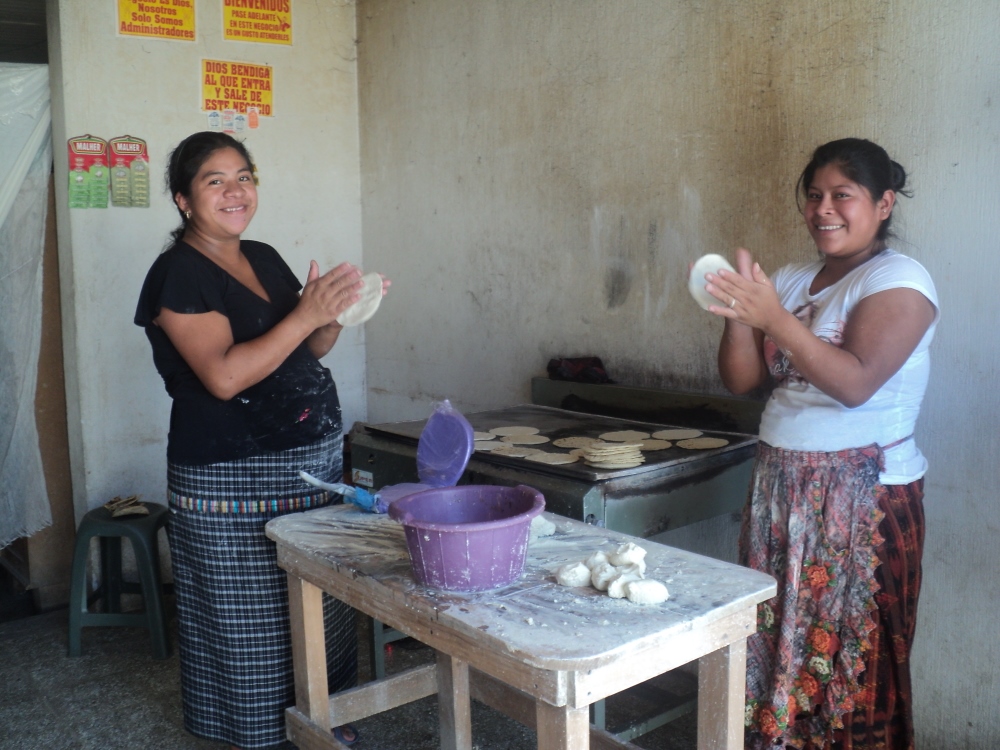
Most of us cannot imagine the kind of fear that she is talking about. Although Central America and South America are geographically close to the United States, these stories probably seem far removed from our lives. The past and current travesties are something about which the average U.S. American knows little. I mentioned my wake-up call moment in Chile in my last article. Later, during a semester in Spain at the Universidad de Alcalá, our class visited a museum photography exhibit documenting the Guatemalan Civil War that was unknown to me at the time. I remember being shocked and even a bit confused. “There isn’t even an ocean between this country and the U.S., and part of this war happened in my lifetime!” I thought. Why was it never mentioned in any classroom through all of my school years?
Ana’s story and Gloria’s story are deeply connected and represent the continuing much-overlooked larger reality of violence, poverty and oppression in Central and South America. Honduras and El Salvador, countries where death squads also wreaked havoc in the late 20th century, are experiencing a similar resurgence of violence at an even greater degree than Guatemala. Latin American people have suffered in relative silence for a long time.
Like so many others who awaken to these situations of poverty and violence, I find myself angry and sad and wondering what I can do. It is a case of “once you know,” you cannot turn away. As migrants from these countries arrive to our borders, perhaps it is a call to, at the very least, take steps to make ourselves aware of what our sisters and brothers have lived and are living. And once we know, I am sure that it will impact the way we think, act, and vote, so that history does not repeat itself.
As I said goodbye to Gloria in el Quiche that Sunday morning, I thanked her for such a sacred conversation. I consider it a great gift to have met her and many others who so generously let me into their lives. I also consider it a responsibility to spread the news about what I have witnessed. I asked Gloria, as I did with Ana, if she would mind me sharing some of what she told me in this publication.
“Por favor, Hermana,” she said, with strength in her soft brown cheeks. “The story must be told.”
[S. Tracy Kemme is a novice with the Sisters of Charity of Cincinnati. Author of the blog, Diary of a Sister-in-Training, Tracy is excited about the future of religious life! She has a background in Hispanic ministry, having served both in Ecuador and at the U.S.-Mexico border prior to novitiate.]

